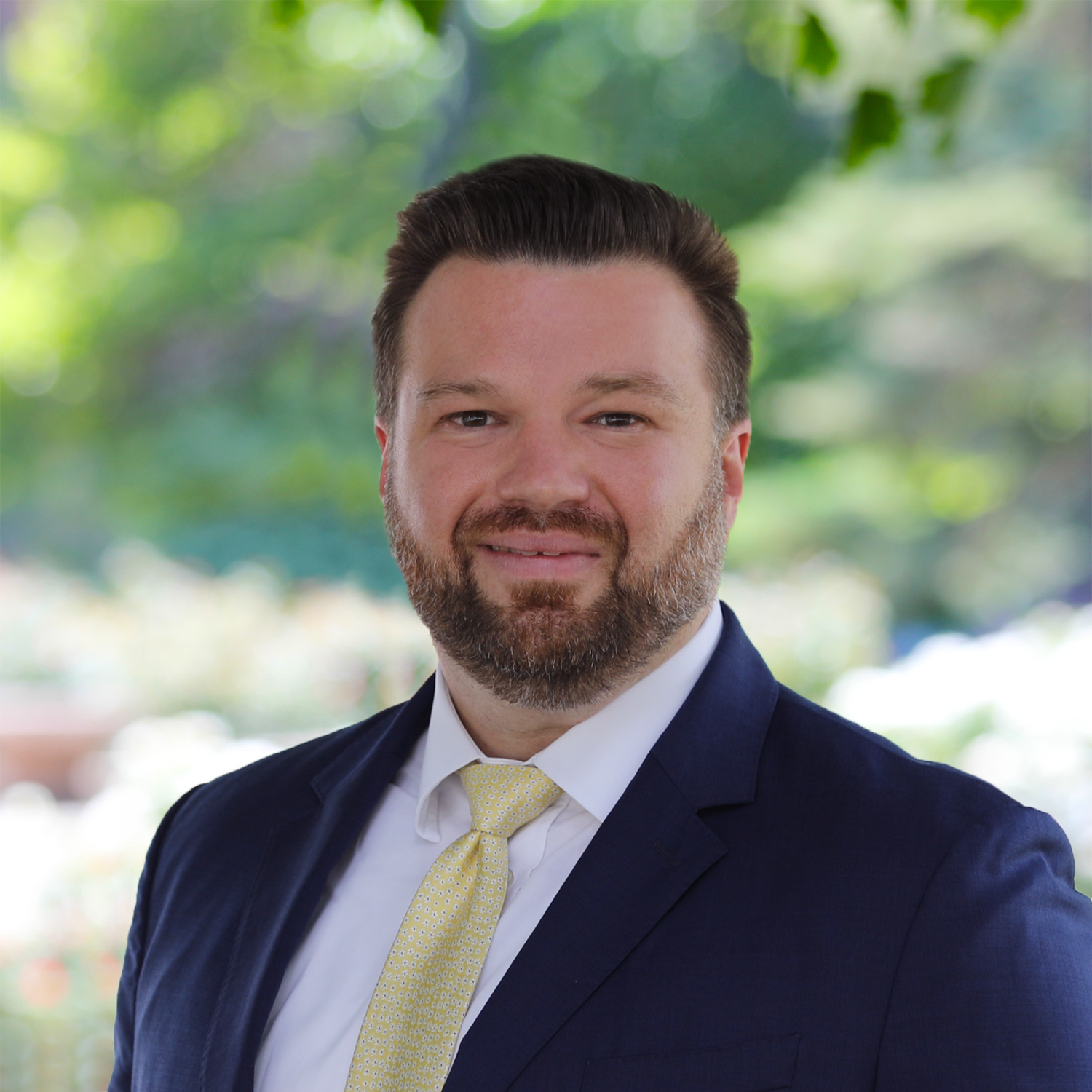What Will It Take for Abundant Educational Opportunity to Become the Norm?
Imagine today there was no education system, and we were charged with establishing one.
In order to reimagine a system, it’s helpful for a quick status check of where we have been and are presently. K–12 education in the United States today is monolithic, slow to adapt and too frequently puts the interests of adults over the interests of children.
Within the past month, the National Center for Education Statistics released the first post-pandemic results of the National Assessment for Education Progress (NAEP), an exam given to a nationally representative group of students since the 1970s. From 2020 to 2022 American 9-year-olds saw the largest drops in reading scores since 1990 and the first drop in Mathematics scores ever. Black students saw almost 30 years of solid growth in mathematics wiped away, with scores returning to the same level they were in 1994.
The coronavirus pandemic opened many parents’ eyes to the stunning lack of options that they have if their local traditional public school fails to meet their child’s needs.
A better education system must have three characteristics.
- It must be pluralistic. The U.S. is a diverse, pluralistic society. Our citizens have myriad needs and preferences. According to historical research conducted by Dr. Ashley Berner of Johns Hopkins University, the United States lags most other developed nations when it comes to offering pluralistic educational options. Australia, Canada, the UK, the Netherlands and even France offer their citizens vastly more diverse education delivery options than does the United States. Public education must reflect those different needs and preferences.
- The funding (or benefits) from public education must funnel directly to the beneficiaries—children and their parents (custodially). Other public programs, such as Social Security, SNAP, Medicare, Section 8 housing and Pell Grants function in this way. It is only K–12 education that peculiarly funds its institutions rather than the actual beneficiaries. By funding beneficiaries, those closest to children (their parents and guardians) are in the driver’s seat to find the learning environment that best meets their needs. Just like we think it would be odd for diets to be centrally planned for all families on SNAP or to assign Medicare patients to particular doctors, so too should we think it odd to assign students to particular schools.
- The education system must be adaptive. It must change as society changes. Sadly, very little over the last hundred years—give or take—has changed with respect to how K–12 education in the United States is done.
That said, how do we move towards a more perfect system, and what does that look like? What does it look like in practice?
Education savings accounts (ESAs), school vouchers, tax-credit scholarship programs, charter schools.
In terms of the mechanism, Milton Friedman espoused a voucher system, whereby education dollars, instead of going to institutions and buildings, would follow children to the school of their parent’s choosing. The modern conception of money following kids—education savings accounts—in many ways expands and improves Dr. Friedman’s voucher concept.
Under an ESA model, instead of the money merely following the child to a school, education dollars rest in an account until they are told where to go by parents. This is the key provision. An ESA model not only gives parents purchasing power, it also gives them broad discretion and flexibility over their child’s education. It gives them a form of ownership in the same way a Health Savings Account gives the patient ownership over their medical spending. Parents can use an ESA for tuition, online curriculum, educational technology, supplies, tutoring and a wide array of other educational options.
Arizona, with its recent expansion of the Empowerment Scholarship Account program, thus far has come closest to realizing Milton Friedman’s vision. Under Arizona’s program, all 1.2 million K–12 children have access to ESA funding. As of this writing, the application window hasn’t even opened, but nearly 10,000 parents have “pre-applied.”
So what does an ideal education system look like? In some ways that is the wrong question. The correct question is: Who should control the design of the education system?
If a critical mass of parents have purchasing power, or ownership over their child’s educational destiny, schools that don’t currently exist will open to meet their needs. A system that we could never centrally plan will emerge aligned to solving parents’ problems.
But even that description is too simplistic.
A “school” under an emergent, market-based system will look nothing like we expect. A “classroom” will likewise wildly diverge from expectations. Education providers and services that none of us can imagine will begin doing creative, ingenious things to meet the needs of students and their families.
It could look like robotics labs in Charlotte, aquaponics labs in Raleigh, and apprenticeships where Lowes and Bank of America vastly prefer hiring 18-year-olds from private career prep programs versus 22-year-old, traditionally educated college graduates. These are real life examples stemming from limited parental choice programs throughout the country. But we simply can’t imagine what innovations full, robust education freedom would produce.
Consider the advent of the digital age. American life didn’t change all that much for 50 years leading up to the prevalence of personal computers and the internet in households. But in the 30 years since, most everything has changed. We have Amazon, Uber and DoorDash. Everyone has a smartphone. A device that seemed magical several decades ago now casually rests in everyone’s pocket.
K–12 education is due for a similar transformation. The next step is for states to expand eligibility and offer universal access to diverse educational choice to all children. Imagine, perhaps just a few years from now, a system where abundant, affordable educational opportunities aren’t just for the lucky but rather an obvious expectation for all parents and children. I’d certainly love to see it.




